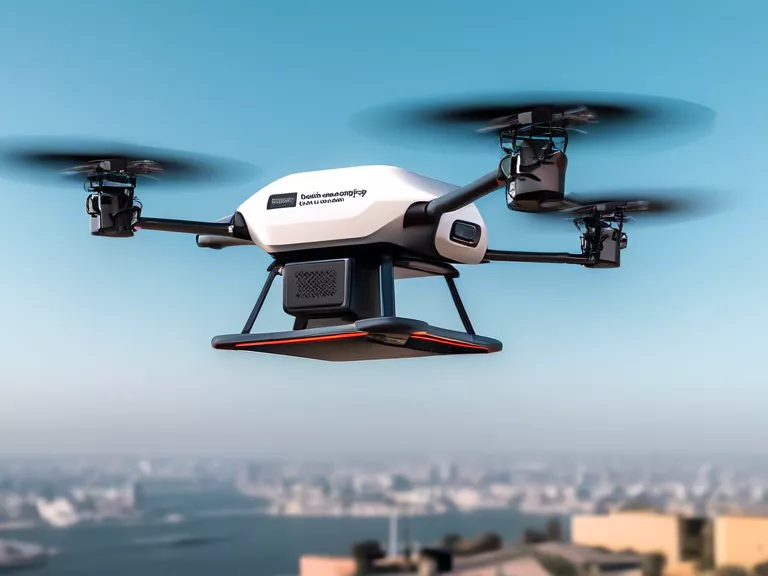
Drones have become an essential tool for various industries and activities, but piloting them safely in complex environments and terrains is crucial to prevent accidents and ensure successful missions. Here are some tips on how to pilot drones safely in challenging conditions.
First and foremost, always conduct a thorough pre-flight check. Inspect the drone for any damages or malfunctions, check the battery level, and ensure the GPS signal is strong. Familiarize yourself with the terrain and any obstacles that may be present in the area where you will be flying.
When flying in complex environments such as forests or urban areas, it is important to maintain visual line of sight with the drone at all times. This will help you avoid collisions with objects or other aircraft. Additionally, make sure to follow all local regulations and airspace restrictions to prevent any legal issues or accidents.
In challenging terrains like mountainous regions or bodies of water, it is crucial to be aware of the weather conditions and potential hazards. Strong winds or precipitation can affect the stability and control of the drone, so always check the weather forecast before flying.
Using obstacle avoidance sensors and GPS technologies can also help pilot drones safely in complex environments. These features can help the drone detect and avoid obstacles in its path, as well as maintain a stable position even in challenging conditions.
Lastly, practice makes perfect. Before flying in complex environments or terrains, spend time honing your piloting skills in an open and safe area. Familiarize yourself with the controls, practice different flight maneuvers, and simulate challenging scenarios to prepare yourself for any unexpected situations.
By following these tips and guidelines, you can pilot drones safely in complex environments and terrains, ensuring successful missions and avoiding accidents.



